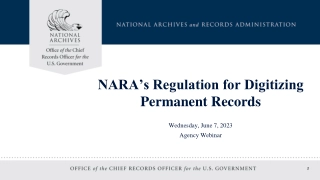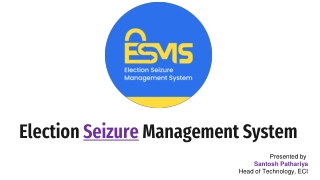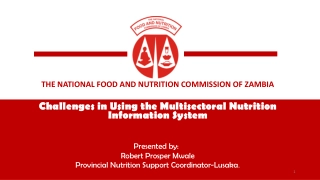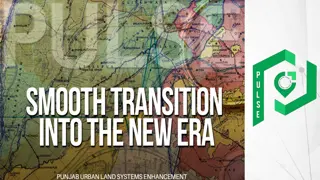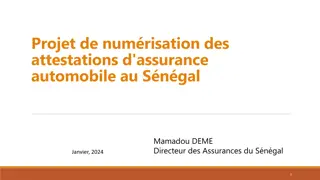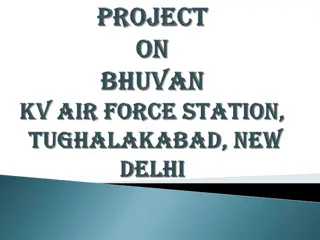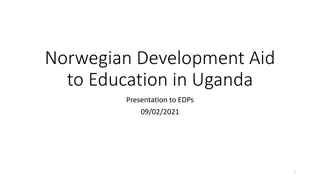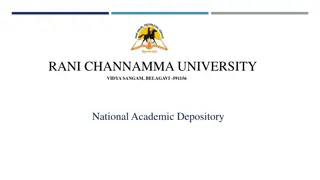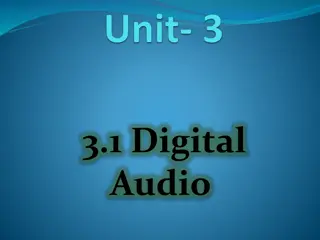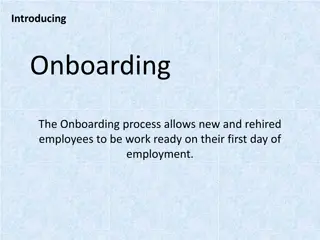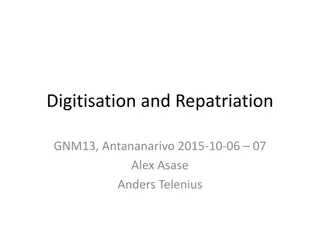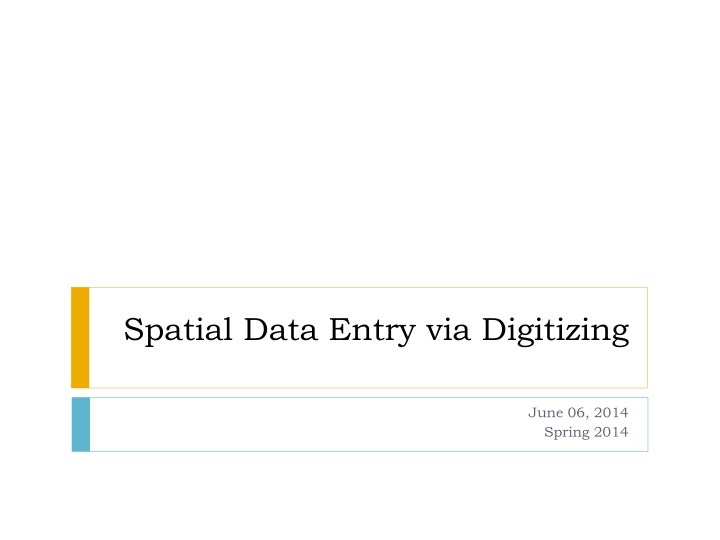
Digitizing Methods and Errors in Spatial Data Entry
Explore the process of digitizing spatial data, common methods, characteristics affecting data accuracy, errors at different map scales, and challenges like positional errors in manual digitization. Learn about undershoots, overshoots, and the impact of these errors on data quality.
Download Presentation

Please find below an Image/Link to download the presentation.
The content on the website is provided AS IS for your information and personal use only. It may not be sold, licensed, or shared on other websites without obtaining consent from the author. If you encounter any issues during the download, it is possible that the publisher has removed the file from their server.
You are allowed to download the files provided on this website for personal or commercial use, subject to the condition that they are used lawfully. All files are the property of their respective owners.
The content on the website is provided AS IS for your information and personal use only. It may not be sold, licensed, or shared on other websites without obtaining consent from the author.
E N D
Presentation Transcript
Spatial Data Entry via Digitizing June 06, 2014 Spring 2014
Digitizing Process of collecting digital coordinates Common data entry method Process by which coordinates from a map, image, or other sources are converted into a digital format in a GIS
Digital spatial data Data in computer compatible format Text files List of coordinates Digital images Coordinate and attribute data in electronic file format Common source of digital information
Digitizing Methods Manual digitization Human guided coordinate capture from a map or image source On-screen digitizing (heads-up digitizing) Hardcopy map digitizing
Characteristics of Manual Digitizing Data accuracy may be affected due to Equipment characteristics Errors in original scanned document Abilities and attitude of person digitizing Map scale Small errors in map production may cause significant positional errors may negatively affect the positional quality of spatial data Greater for smaller scale maps
Larger Error at Smaller Map Scale Surface Error caused by a one millimeter Map Error Map Scale 1:24,000 1:50,000 1:62,500 1:100,000 1:250,000 1:1,000,000 Error (m) 24 50 63 100 250 1,000 Error (ft) 79 164 205 328 820 3,281
Digitizing Process Display image on screen Trace locations of feature Point Features that are viewed as points Line linear features Starting point is called starting node Vertices: intermediate nodes Ending node Polygon
Digitizing Errors Positional errors are inevitable in manual digitization Undershoots and overshoots Common error of digitization Undershoots: nodes that do not quite reach the line or another node Cause unconnected networks and unclosed polygons Overshoots: lines that cross over existing nodes or lines May cause difficulties in network analyses
Node and Line Snapping To reduce undershoots and overshoots while digitizing Snapping: process of automatically setting nearby points to have the same coordinates. Relies on a snap tolerance or snap distance Prevent a new node from being placed within the snap distance of an already existing node new node is joined or snapped to the existing node ensuring connection between digitized lines
Snapping Distance/Tolerance Careful selection may reduce digitizing errors Too short or too large Problem Should be smaller than the desired positional accuracy Should not be below the capabilities of the system used for digitizing
Reshape: Line Smoothing and Thinning Software may provide tools to Smooth Densify Thin Spline Function To smoothly interpolate curves between digitized points
Coordinate Transformation To bring spatial data into an Erath-based map coordinate system so that each data layer aligns with every other data layer Also referred to as Registration because it registers the layers to a map coordinate system Control points are needed
Control Points A set of control points is used for transformation Used to estimate the coefficients for transformation equation Criteria for selecting a control point A sufficient number of control points should be selected Minimum number depends on the mathematical form of the transformation Additional points above minimum numbers are recommended to improve the quality and accuracy of the statistically-fit transformation Should be from a source that provides the highest feasible coordinate accuracy Control point accuracy should be at least as good as the desired overall positional accuracy required for the data Should be as evenly distributed as possible throughout the data area
Image Transformation: Georeferencing Georeferencing is the process of defining how raster data is situated in map coordinates Aligning the raster with control points
Types of Transformation Polynomial Spline Adjust transformation
Polynomial Transformation Uses a polynomial that is built upon control points and a least square fitting (LSF) algorithm It is optimized for global accuracy but does not guarantee local accuracy Yields two formulas: one for computing the output x-coordinate for an input (x, y) location and one for computing the y-coordinate for an input (x,y) location Number of control points required for this method must be 3 for a first order, 6 for a second order, and 10 for a third order
1st Order Polynomial Affine Transformation Employs linear equations to calculate map coordinates Provides translation, rotation and scaling
Affine Transformation C and F are translation changes between coordinate systems shifts in the origins from one system to the next Other parameters incorporate the change in scales and rotation angle 500,083.4 = A (103.0) + B (-100.1) + C 5,003,683.5= D (103.0) + E (-100.1) + F
Affine Transformation 3 GCPs - can exactly map each raster point to the target location Any more than three links introduces errors, or residuals However, add more than three GCPs because if one link is positionally wrong, it has a much greater impact on the transformation Even though the transformation error may increase as with more GCPs -the overall accuracy of the transformation will increase as well
Second- or Third-order transformation In addition to translation, scaling, rotation - raster dataset may be bent or curved
Root Mean Square Error A measure of the error the residual error difference between where the from point ended up as opposed to the actual location When the error is particularly large, try to remove and add control points to adjust the error RMS of near zero or zero does not mean that the image is perfectly georeferenced

